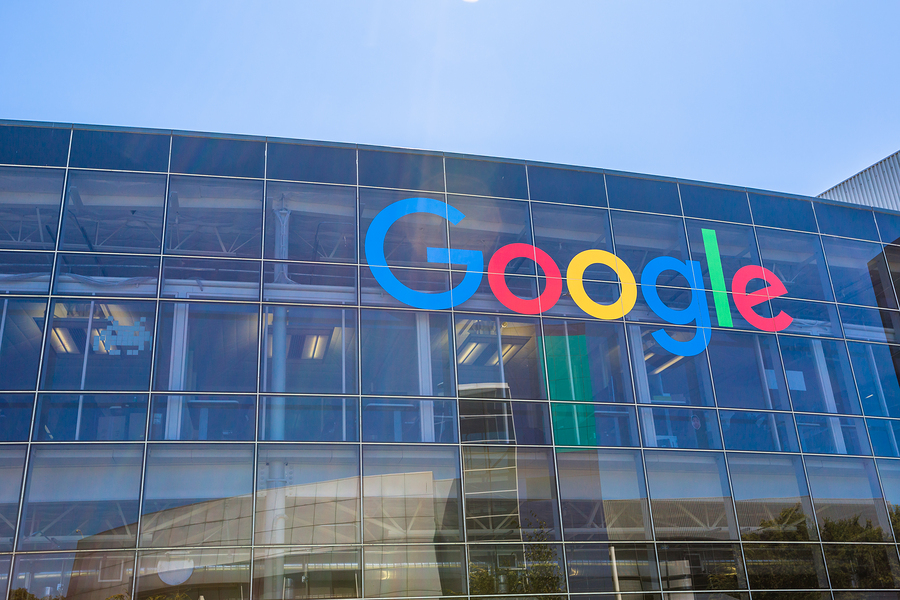It has been announced by Google that it will reach its goal of achieving 100 per cent renewable energy in its data centres and offices by 2017.
According to the company, although it still uses some fossil fuels, it is now the largest corporate buyer of renewable energy in the world.
Its 13 data centres consume around 5.7 terawatt-hours (TWh) of electricity a year.
Urs Holzle, senior vice president for technical infrastructure said:
Over the last six years, the cost of wind and solar came down 60% and 80% respectively, proving that renewables are increasingly becoming the lowest cost option.
“Since the wind doesn’t blow 24 hours a day, we’ll also broaden our purchases to a variety of energy sources that can enable renewable power, every hour of every day.”
Currently large companies in the US receive tax incentives for investing in clean energy, although it is unclear whether this will continue once Donald Trump enters office in January.
Speaking to BBC news however, Gary Demasi, the person in charge of strategy for energy, said that the company is not worried as, “they are scheduled to decline over the next few years.”
Google’s target has also been welcomed by Friends of the Earth (FoE).
Tech companies have been buying renewable energy for many years as the price of solar energy in the U.S. has plunged by 80 per cent since 2012, while wind power has fallen by 60 per cent.
This is largely due to innovation in regards to technology and design alongside lower financing costs and relaxed laws and regulations.
In fact, Google was the first company to sign the country’s first corporate renewable deal in 2010 and has since signed agreements for 17 more wind farms and two solar projects in six states and six other countries.
Together the projects can produce 2,600 megawatts of clean electricity — enough to power all of Google’s operations worldwide.
Tech companies now account for around two-thirds of all corporate renewable deals signed since 2010, which equates to 4,700 out of 7,000 megawatts under contract.
